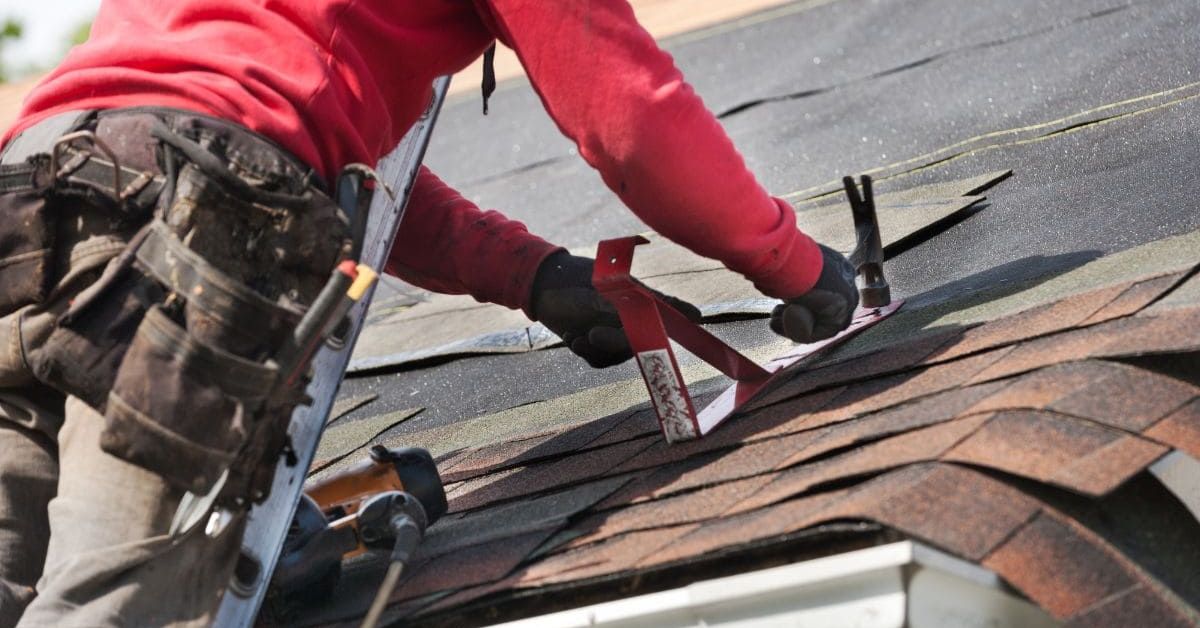For many retirees and low-income families in the United States, the cost of home repairs can pose a significant financial challenge. The infrastructure of a home requires ongoing maintenance, and unexpected repairs can quickly strain a family’s budget. To help alleviate these pressures, the U.S. government provides various financial assistance programs designed to make homeownership more manageable. This article explores available options, how to access them, and the potential for combining these resources with Social Security benefits.
Understanding the Need for Home Repair Assistance
This Article Includes
Homeownership often comes with the responsibility of maintaining essential systems, including plumbing, roofing, and heating. For seniors and low-income families, who may be living on fixed incomes, these expenses can be daunting. Many find themselves in situations where they must choose between basic needs and necessary home repairs, impacting their quality of life and safety.
Available Financial Assistance Programs
The Department of Housing and Urban Development (HUD) offers several programs specifically aimed at helping homeowners cover repair costs. These initiatives are designed to address critical needs and improve living conditions. Some prominent programs include:
Title 1 Loans
Title 1 Loans are a valuable option for homeowners looking to finance home remodeling and repairs. These loans can cover a range of necessary improvements and do not require equity in the home, making them accessible to many families.
203(k) Rehabilitation Loans
The 203(k) Rehabilitation Loan program allows homeowners to finance repairs of up to $35,000 within their mortgage. This program is particularly beneficial for those looking to make significant renovations while spreading the cost over their mortgage payments.
HECM Reverse Mortgage
Home Equity Conversion Mortgages (HECM) are designed for homeowners aged 62 and older. This program enables them to access equity in their homes, which can be used to cover repairs. HECMs can provide seniors with much-needed funds while allowing them to continue living in their homes.
Energy Assistance Programs
Energy assistance programs help households manage utility costs, which can be a substantial burden, especially for low-income families. These programs ensure that necessary energy services remain affordable, contributing to the overall financial stability of the household.
Accessibility Loans
Accessibility Loans are tailored for individuals with reduced mobility, helping them modify their homes to improve safety and accessibility. These loans can cover necessary modifications, such as ramps or bathroom upgrades, ensuring that homes are livable for everyone.
Local and State-Level Support
In addition to federal assistance, many states and local governments offer programs that provide financial aid for home repairs. These initiatives often focus on ensuring that homes meet safety and livability standards.
To find these programs, beneficiaries should consult local housing offices, nonprofit organizations, and community resources. By being informed about the available options, homeowners can better navigate the various assistance programs in their area.
Combining Home Repair Assistance with Social Security Benefits
Retirees can often combine financial assistance for home repairs with their Social Security benefits. Many individuals receive income from both sources, helping them manage their overall expenses more effectively. Social Security benefits provide a steady income stream, while repair assistance can alleviate the financial burden of maintaining a home.
It’s essential for beneficiaries to review the eligibility requirements of each program, as some may have income limits that affect their ability to access these resources. Consulting with a financial expert can help maximize the benefits available and ensure that all eligible assistance is utilized.
Conclusion
Navigating the landscape of financial assistance for home repairs can seem overwhelming, but a variety of programs are available to support retirees and low-income families in maintaining their homes. By understanding the options and seeking help from local resources, homeowners can improve their living conditions without compromising their financial stability. With the right assistance, maintaining a safe and comfortable home becomes a more achievable goal.







Leave a Reply